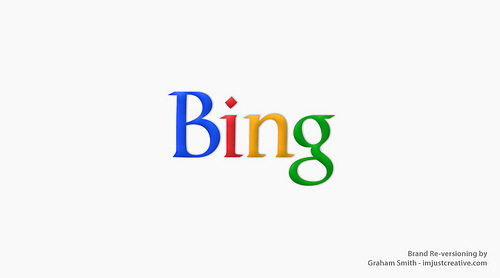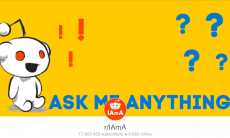Historically, media has been broken into three categories:
- Paid
- Earned
- Owned
Paid media is exactly what it sounds like: You pay someone to share your brand’s message. Paid media also powered broadcast and print’s business models for decades, with broadcasters/publishers enjoying a comfortable living from fees charged to advertisers.
Earned media, by contrast, focused on getting others to tell your story without giving them anything (tangible) in return. Traditionally, PR reflected the most common form of earned media.
Owned media, of course, are media channels that businesses controlled. That would include things like your website and mailing list (both email and snail mail).
So, which of these three categories contains search? And which contains social?
Most casual observers would place paid search in paid media, SEO in earned (link building and PageRank, for instance), and social in either owned — or if you were using such things as Facebook’s Promoted Posts or Twitter’s Promoted Tweets features — paid.
Those casual observers would also be wrong.
So, what is the right answer? And why does it demonstrate everything that’s wrong with search and social media as marketing channels? Read on, friends. Read on.
The answer is that while search and social often fall into the categories of earned and owned and paid media, more often they’re in a category all their own: I call it “Leased media.”
Your brand’s content on social networks may belong to you. But it’s like the art you hang on the walls of an apartment: sure, you can take them with you when you leave; but you don’t own the walls. Facebook, Twitter, and Google+ can change the rules of what’s acceptable and who you can reach whenever they choose. In fact, they do it all the time. Have you noticed a decline in the reach of your social posts on Facebook recently? If so, you’re not alone.
By the same token, Bing and Google can change the rules around search rankings whenever they like, as Google recently did with guest blogging. And with Panda. And with Penguin. And so on.
What this means is that you don’t really “own” your customers on social channels, nor have you “earned” those that come through SEO. As the Google and Facebook and Bing and Twitter change how you can interact with customers, you need to adapt your efforts as well. Which is really a bummer.
Does this mean you shouldn’t use search or social to attract customers? Of course not. What it does mean is that you want to move those customers to channels you do control — email, direct web, and, increasingly, mobile apps — at the earliest opportunity. And look to diversify the sources through which you find customers so that you’re not solely dependent on just one major player. That way if one of the big “landlords” of these “leased” channels changes the rules of the game, you’ll feel less of a direct impact. And don’t look to break those rules. As many a “black hat” or “gray hat” SEO has learned, getting smacked down by one of the big search engines takes a long time to recover from. The reward rarely justifies the risk.
Search and social represent excellent ways to find, attract, and retain new business. But each poses its own restrictions and its own rules on how exactly you may do that. Savvy digital marketers today play by those rules, but also seek alternative ways to engage their customers — and to build their brands to draw customers directly. Google, Facebook, Bing, Twitter, and others control enough market share that you’re likely required to “lease” some space from them. But nothing says you have to base your entire business there.
Do you want to learn more about how to improve sales, increase conversions, and reduce the costs from your search marketing? Then take a moment to check out our Biznology Jumpstart Workshop: On-site Search Marketing Training. Taught by three Biznology search marketing experts, you’ll learn how to make your search marketing work for your business. Interested in learning more? Check it out today.






